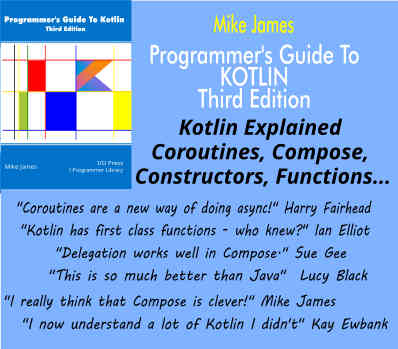| Qt 5.4 Released |
| Written by Kay Ewbank |
| Friday, 12 December 2014 |
|
The latest version of the Qt framework has been released with revamped and renewed web support.
Qt is a cross-platform application and UI software development framework that lets you create native apps for desktop, embedded or mobile platforms. It can also be used to create modern embedded devices with alternative screens or remote controllers running on desktop or mobile platforms. This video presents the highlights of Qt 5.4:
The web support in the Qt 5.4 has been completely renewed, with a Qt WebEngine module that is the result of a long-term R&D project where the developers adopted the Chromium Web engine for use within Qt. With the new version, it is fully supported on the most used desktop and embedded platforms. Qt WebEngine includes an API to embed Web content in both Qt Widgets and Qt Quick based applications. Another element of the web support is a new Qt WebChannel module that provides a bridge between QML/C++ and HTML/Javascript. This means you can create hybrid applications that use both Qt and Web technologies. Communication between both sides happens by exposing QObjects in the Web context. The module works not only with Qt WebEngine, but also with any other browser engine that has support for Web sockets. Qt 5.4 also includes a Technology Preview of a new module called Qt WebView. This has a more limited API to embed the web browser that is native to the underlying operating system for use cases where the full Qt WebEngine isn’t needed, or where it can’t be used because of restrictions coming from the underlying OS. In Qt 5.4, the Qt WebView module supports iOS and Android. So you can use Qt WebEngine and Qt WebView to embed HTML5, Qt WebChannel for the communication channel between Qt and HTML5 for hybrid applications, and Qt WebSockets for communication between Qt and many Web services. Another major improvement to Qt 5.4 is full support for Qt on Windows Runtime, as opposed to the beta version in Qt 5.3. The runtime means you can create applications for the Windows Store, targeting Windows Phone 8.1 and above, and Windows 8.1 onwards. The developers have been working on the graphics support of Qt, too. Qt 5.4 introduces better support for high-resolution displays for desktop platforms, though this is still considered experimental in Qt 5.4. Qt will also now dynamically select the OpenGL implementation, choosing between using the native OpenGL driver, the ANGLE’s OpenGL ES 2.0 implementation that translates to DirectX or a pure Software rasterizer. Qt Data Visualization has also been improved with support for volume rendering and texture support for surface graphs. There are a number of other new features such as support for Bluetooth Low Energy on Linux; native-looking Qt Quick controls on Android; and a new version of Qt Creator. Qt has a dual-licensing model both commercial and open source, where some modules are available under LGPLv2.1, LGPLv3 or GPL v3 and some other modules under LGPLv3 only. Some commentators are expressing disquiet over this choice of licence.
Comments
or email your comment to: comments@i-programmer.info |
| Last Updated ( Friday, 12 December 2014 ) |

